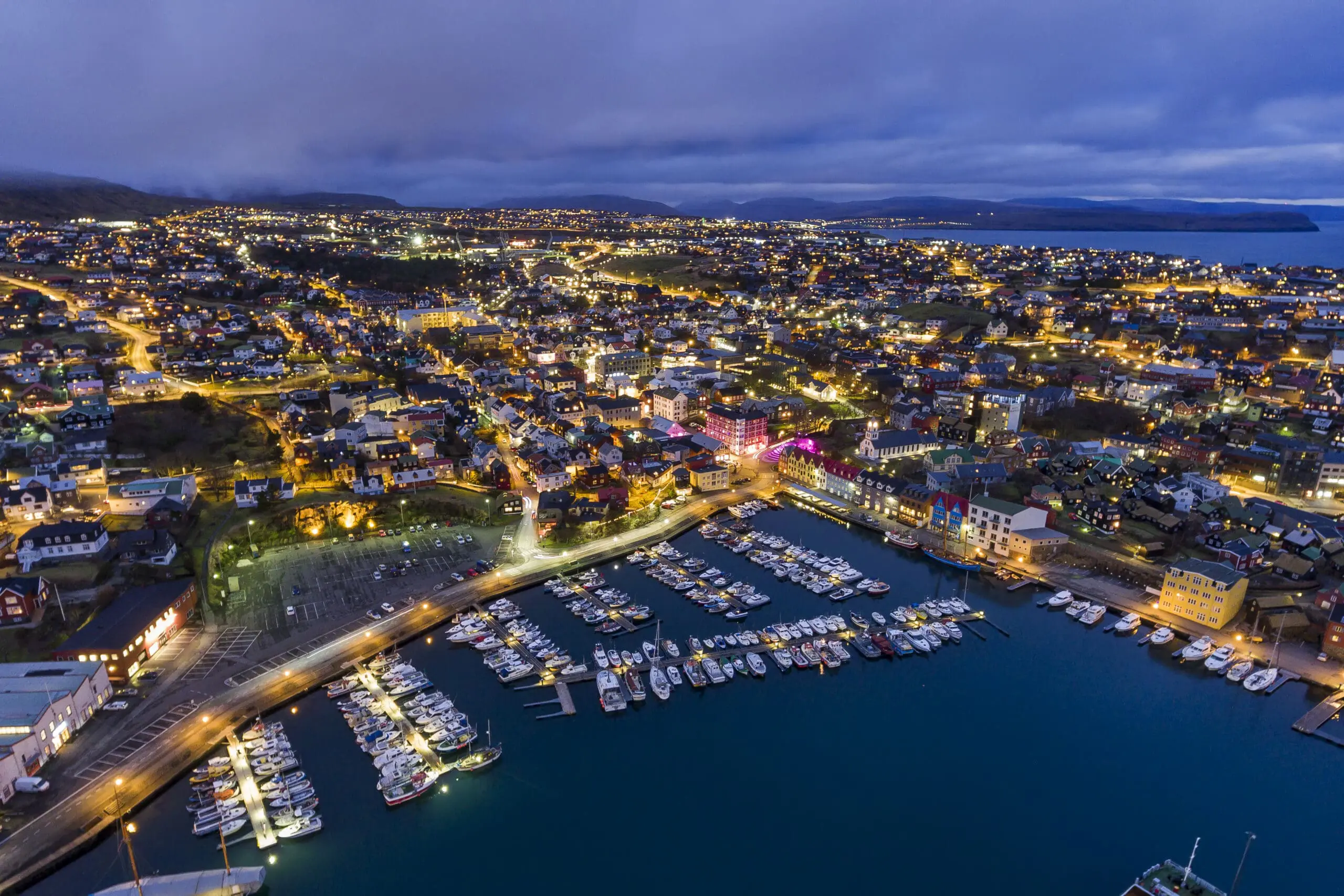
Around Tórshavn
Explore the
villages & islands of Tórshavn Municipality
The Faroese capital, Tórshavn, is perfectly located for a day trip to local villages or islands for that matter where you can readily sample another side of Faroese life. Simply take your pick – getting there is easy thanks to our integrated network of buses and ferries.
The Tórshavn municipality encompasses 14 cities and villages spread across four islands: Streymoy, Nólsoy, Hestur and Koltur.
Tórshavn itself is a vibrant hub of culture and administration, seamlessly blending urban life with its surrounding communities. The smaller islands offer a mix of quiet village life and stunning natural landscapes, each contributing uniquely to the region’s charm.
The villages in the municipality vary in size and activity, each with its own unique characteristics. They also differ in residential areas, with most villages offering smaller service, retail, and cultural amenities. Tórshavn Municipality is committed to preserving the distinctive features of each village.
This diversity forms the framework of life in the municipality. We view this diversity as a strength and work proactively to create a cohesive and multifaceted capital municipality.
Get to know the areas better
Koltur
The research station and nature reserve on Koltur Island unite science and nature.
The beautiful island of Koltur is the perfect site for the first nature reserve in the Faroes. It features unique landscapes and diverse habitats with a high number of species. So far, few non-native and invasive species are present. Due to its isolated status, Koltur has been protected from industrial activities, providing a glimpse into how Faroese people have historically lived and shaped their surroundings. Now, it is time to ensure that Faroese nature is protected and restored, allowing future generations to enjoy it.
Read more about the island and research here.
Hestur
Dramatic landscapes, abundant birdlife, and welcoming locals await you at Hestur.
From Gamlarætt in Streymoy, a ferry ride takes you to Hestur Island. The island, which shares its name with its only village, is home to 17 inhabitants. Known for its elongated, narrow form, Hestur aptly means ‘Horse’ in the local language.
Visitors are often drawn to Hestur for boat tours that showcase its majestic cliffs and vibrant seabird populations. During the summer, the music label TUTL organizes unique grotto concerts in Klæmintsjógv aboard the historic schooner, Norðlýsið.
Kirkjubøur
Kirkjubøur is among the oldest villages in the Faroe Islands and one of the most historical.
The village of Kirkjubøur, home to the bishopric, was historically the centre of all religious and cultural activity in the islands. The village’s location was ideal for settlement, situated at the spot where significant driftwood came ashore and in an area with extensive sunlight making the land especially fertile. Although the village was once larger than it is today, its central location has made it one of the country’s most significant villages.
The historical king’s farm, the largest in the Faroe Islands, has remained in the same family since the mid-16th Century. Its distinctive and charming houses only add to the attraction and include a centuries-old log house and ‘roykstova’—a front room without a boarded ceiling. This room, featuring a hearth and a smoke hole in the ridge of the roof, served multiple purposes: kitchen, workroom, living room and sleeping quarters.
The most venerable of all Faroese buildings, the ancient St. Magnus Cathedral in Kirkjubøur, has a remarkable story all of its own. However, the current parish church in Kirkjubøur is older still, making it the oldest church in the Faroe Islands.
Click here for a map providing an overview of historical sites and other places of interest in Kirkjubøur. Click on the pins to learn more about each site.
Kollafjørður, Signabøur, Oyrareingir
Situated 25km north of Tórshavn, Kollafjørður has a claim to fame no other village can match: it’s the longest village in the Faroe Islands. With a population of just over 1000 people, it is one of the larger villages in the Tórshavn area.
The village is centered along the northern shore of the Kollafjørður Fjord. Above the fjord is a narrow valley which stretches over a hilly region where trails are used for trekking. The Kollafjørður valley measures 8 kilometres (5.0 mi) and forms the eastern portion of the Kollfjardardalur valley, which lies east–west across Streymoy.
It is a village which has developed length-wise along the main road with a few shops. The northern shore line of the road adjoins the fjord. The harbour is located 23 km north of Tórshavn at the centre of the Faroe Islands.
The village is easily recognizable by its extensive harbour, busy with fishing boats and ships. You may even see cruise ships moored here during the busy summer months.
Signabøur
The village of Signabøur is typically considered a part of Kollafjørður, but in municipal planning, it is recognized as an independent village with its own postal code. With its 143 residents, Signabøur is one of the larger villages in the municipality.
Oyrareingir
The village of Oyrareingir is also typically considered part of Kollafjørður, but in municipal planning, it is recognized as an independent village with its own postal code. With its 43 residents, Oyrareingir is one of the smaller villages in the municipality.
Nólsoy
Board the ferry, Teistin, in Tórshavn harbour and barely 20 minutes later you’ll be a world away from the Faroese capital. Lieing to the east of Tórshavn, Nólsoy is a long and slender island that shelters the capital from the worst of the North Atlantic storms. The village on Nólsoy is situated on Eiðinum, a neck of land so narrow that during storms, waves crash from one side to the other. The western side of the island is mainly covered in pastureland that stretches all the way down to the ocean, while the eastern side is dominated by steep cliffs teeming with rich birdlife and deep caverns. On the southern side, you’ll find Borðan, where the old lighthouse keeper used to live.
Nólsoy is known for two notable residents: Nólsoyar Páll (1766-1809), who succeeded in lifting the punitivie trade monopoly imposed by Denmark and Ove Joensen (1948-1987), who rowed solo from the Faroe Islands to Copenhagen in 1986. Indeed, the people of Nólsoy are known for their rowing prowess, and in recent years they have also formed a competitive tíggjumannafar crew (a boat rowed by a ten men crew).
On the eastern side of the island, there is a vast colony of European storm petrels, reputedly the largest in the world. During the summer, several excursions are offered to view this natural spectacle.
Nólsoy is not only celebrated for its beautiful nature and wildlife but is also renowned for producing talented musicians. Notable figures include pop artists Kim Hansen and Terje Rasmussen, as well as folk musicians Spælimennirnir úr Nólsoy and Hilmar Joensen.
For more information, visit the homepage at nolsoy.fo.
Norðradalur
Just a 20-minute drive from central Tórshavn, the high valley of Norðradalur offers some of the most stunning views in the Faroe Islands.
The valley, home to only 10 inhabitants, is not accessible by public transport. Instead, to reach Norðradalur, take the old mountain road towards the airport, where you’ll be treated to expansive views out over Kaldbaksbotn. As you turn towards Norðradalur, the winding road and the village with the backdrop of the island of Koltur will come into view.
With no public transport available, consider renting a car or a bike to get here.
Kaldbak
Kaldbak & Church of Kaldbak
Kaldbak is a scenic village on the north side of Kaldbaksfjørður, with a population of 251 residents as of 2023. The village spans 40 merkur of land, shared by seven tenants, and supports 976 sheep. Accessible by road since 1980, it features an 1835 wooden church with a turf roof, a school from 1911, a daycare, and a marina. Formerly home to Marinplast, the old workshop now hosts the marine biology department of the Faroe Islands National Museum and Biofar.
The well-preserved 1835 church in Kaldbak stands on a low whitewashed stone foundation, made of timber with a shingled, tarred roof. It was built by eight workers using materials from the Royal Trade Monopoly in Tórshavn. The church is currently closed to visitors, allowing for exterior viewing only.
Tórshavn
Tórshavn is a modern and cosmopolitan town, owing its special charm and appeal to its unique location in the middle of the North Atlantic. The town boasts excellent hotels and restaurants, modern European-style cafés and bars, great art exhibitions, top-notch sporting facilities and a lively weekend club scene.
As the capital of the Faroe Islands, Tórshavn is by far the largest and most vibrant town in the country, home to about 20,000 people at the southern end of the island of Streymoy—one of the 18 islands that make up the Faroes. If you arrive on Smyril Line’s Norröna ferry, you’ll dock here, and there’s truly no better way to see Tórshavn than from the water.
Built on a hillside, Tórshavn presents an impressive sight as you enter the harbour, with the town banking up the hills beyond. The waterfront, where the town was first established during Viking times, features wooden buildings painted red with turf roofs. These are home to the Faroese government and the Prime Minister, located where the first settlers held their annual parliament, or ting, around 900AD.
As the nation’s capital, Tórshavn hosts key institutions including the home rule government, banking sector, university, national library and main hospital. It also boasts cultural attractions such as the national theatre, cinema, and several excellent museums. The capital offers the best selection of restaurants and food stores for self-catering. In the Faroes, all roads lead to Tórshavn, making it the perfect base from which to explore the rest of the country. Bus and ferry routes radiate from here, making it easy to take day trips to other islands and towns.
Overview of Village Populations in the Municipality
The Faroe Islands have been meticulously tracking their population since 1985. These statistics include details like birth dates and sex, giving a clear picture of demographic changes over time. They also account for births, deaths, migration, and population density. The data has a slight delay to ensure accuracy, especially for address changes. This comprehensive approach helps maintain an up-to-date understanding of the population trends in the Faroes.
Places To See in Villages
Hestur
Kirkjubøur
Kollafjørður
Nólsoy
Norðradalur
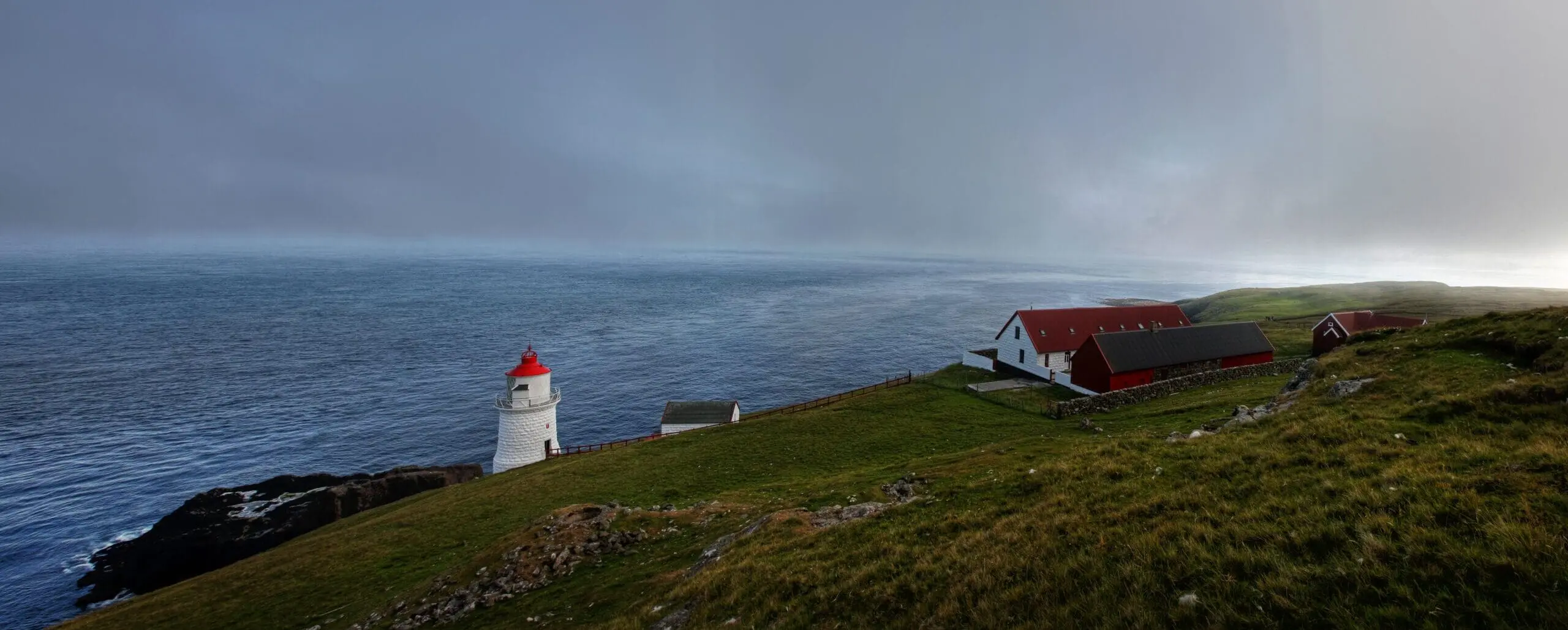
Borðan
Two lighthouses are on the south end of Nólsoy. The smaller, place…

C.A.J. in Kollafjørður
Grocery store since 1928 This grocery store was founded in 1928, a…
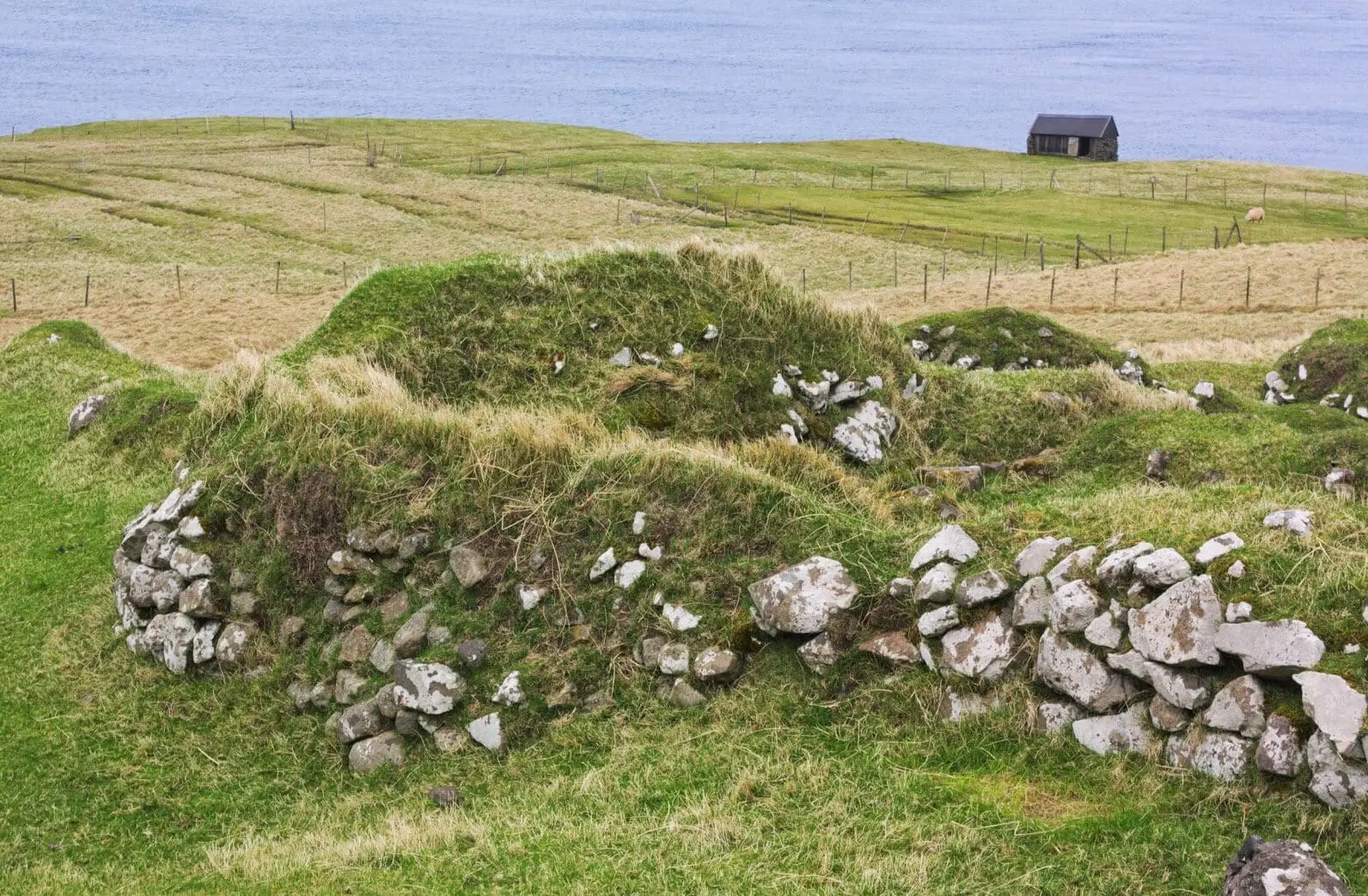
Dale of Corn
In Korndalur, a few hundred meters southwest of the village, there…
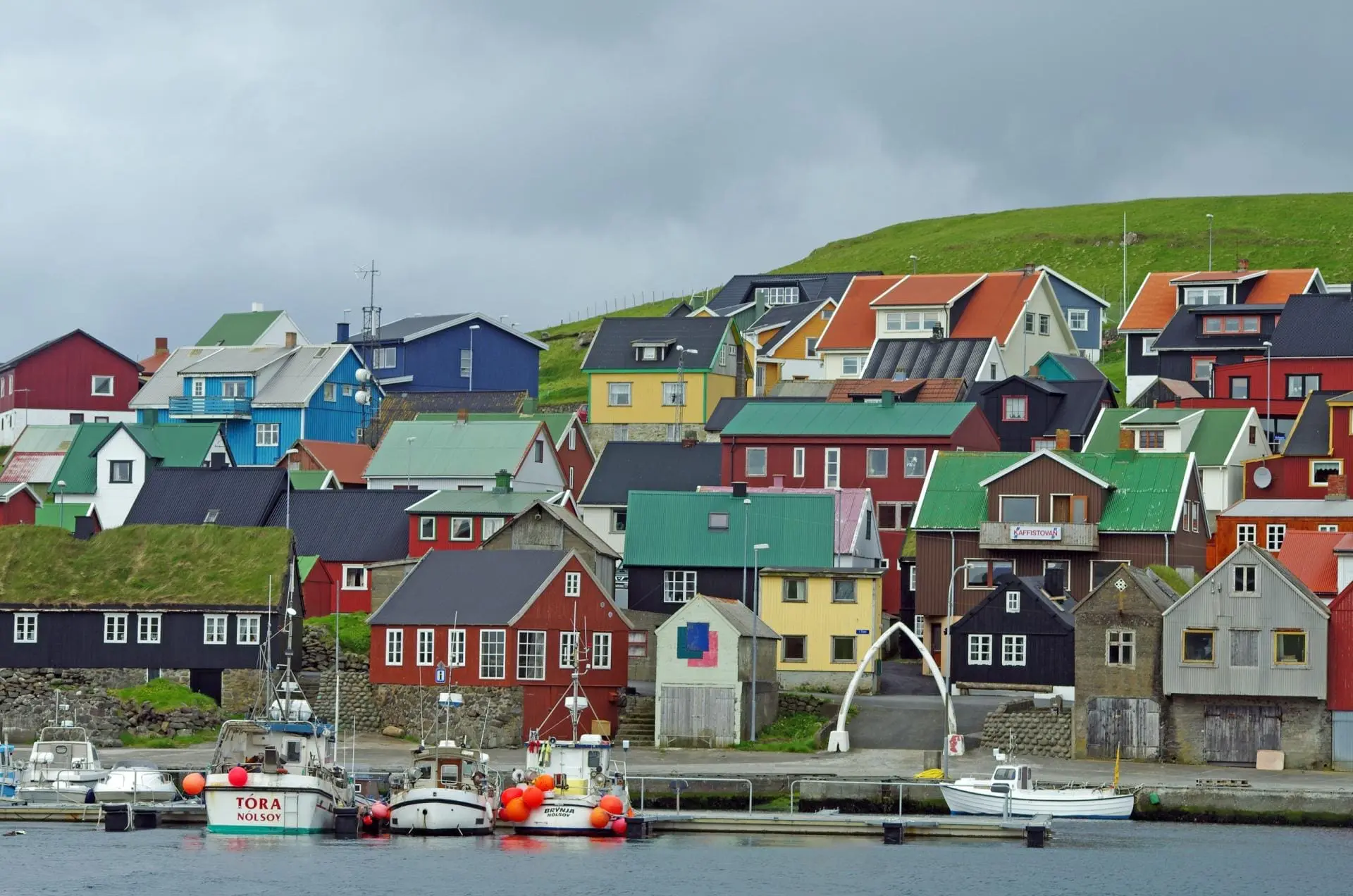
Diana Victoria Museum
Visit Diana Victoria, Ove Joensen’s boat Visit Diana Victoria, Ove…
Tórshavn

Gate of Honour
On the inner pier stands the Gate of Honour. On September 5, 1895,…

Klæmintsgjógv
Seacave in Hestur Klæmintsgjógv is said to be the world’s largest …
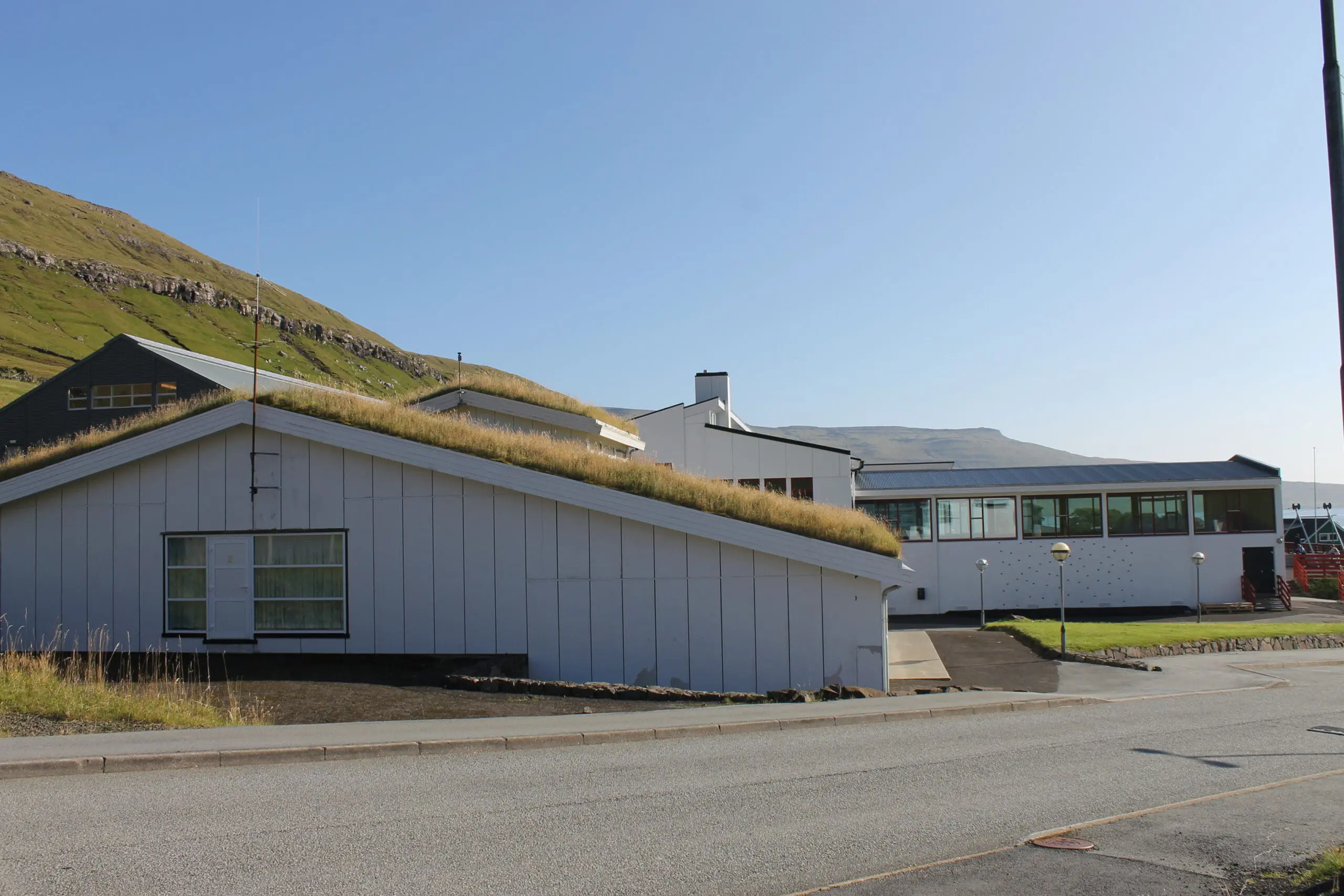
Kollafjarðar Swimming Pool
Swimming pool in Kollafjørður The swimming pool is placed in the l…
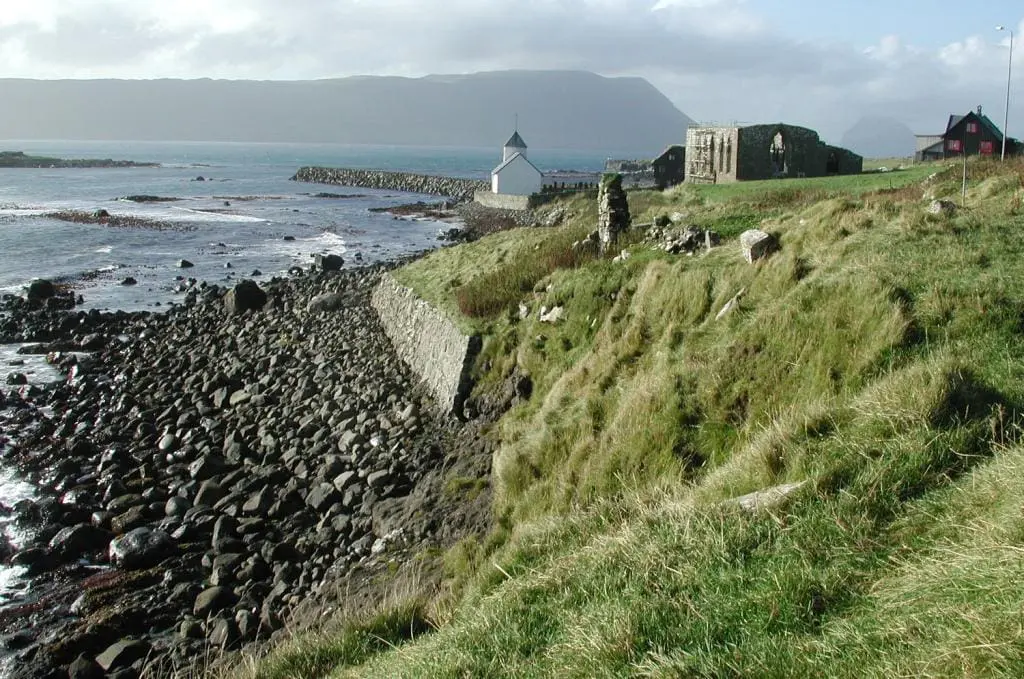
Líkhús
Church Remains At Líkhúsfløtti (Morturary field) are the remains o…

Memorial stone for Nólsoyar Páll
By the preserved and restored outbuilding at Fløtti stands the mem…
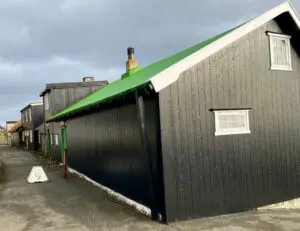
Niðasta Lon (The Lower Lon)
Niðasta Lon (The Lower Lon) was built in the 18th century. In 1951…
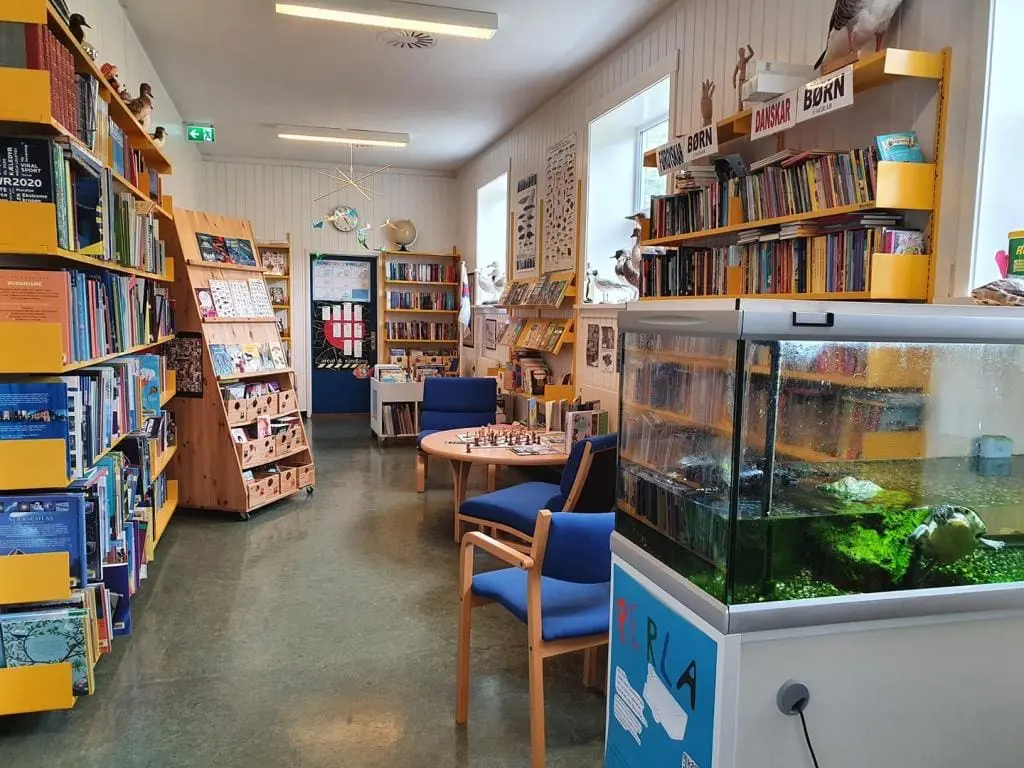
Nólsoy Library
The library is located in Nólsoy School, on Nólsoy island just out…
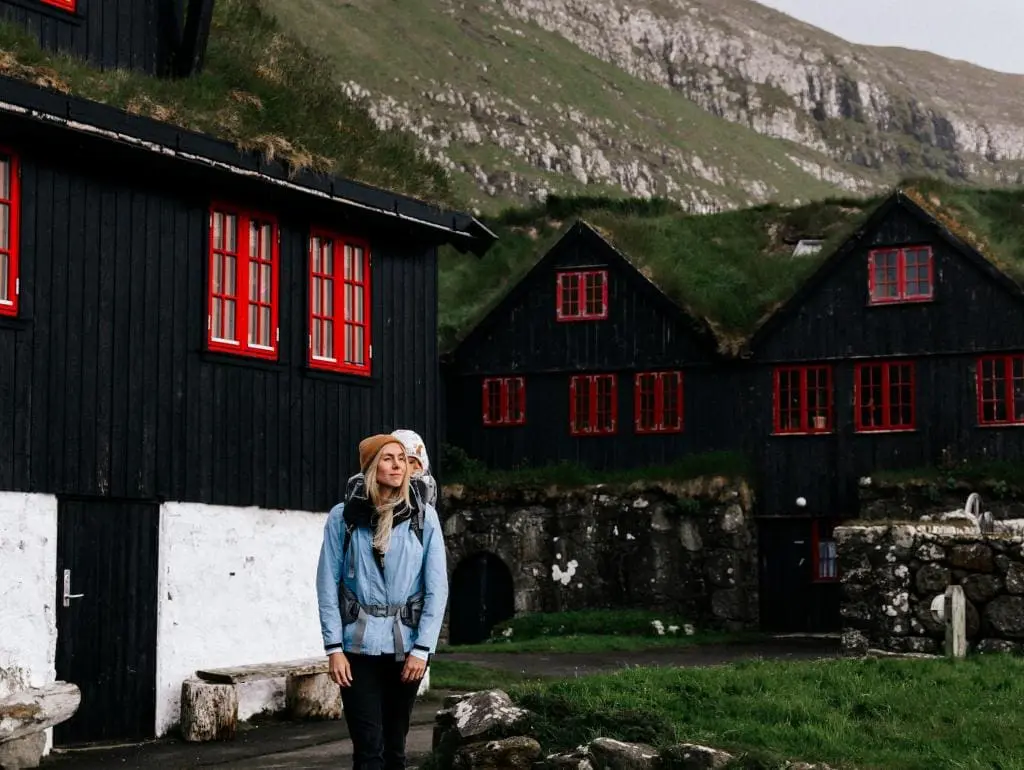
Roykstovan in Kirkjubø
Farmhouse from year 1100 The Farmhouse in Kirkjubø is called Kirkj…
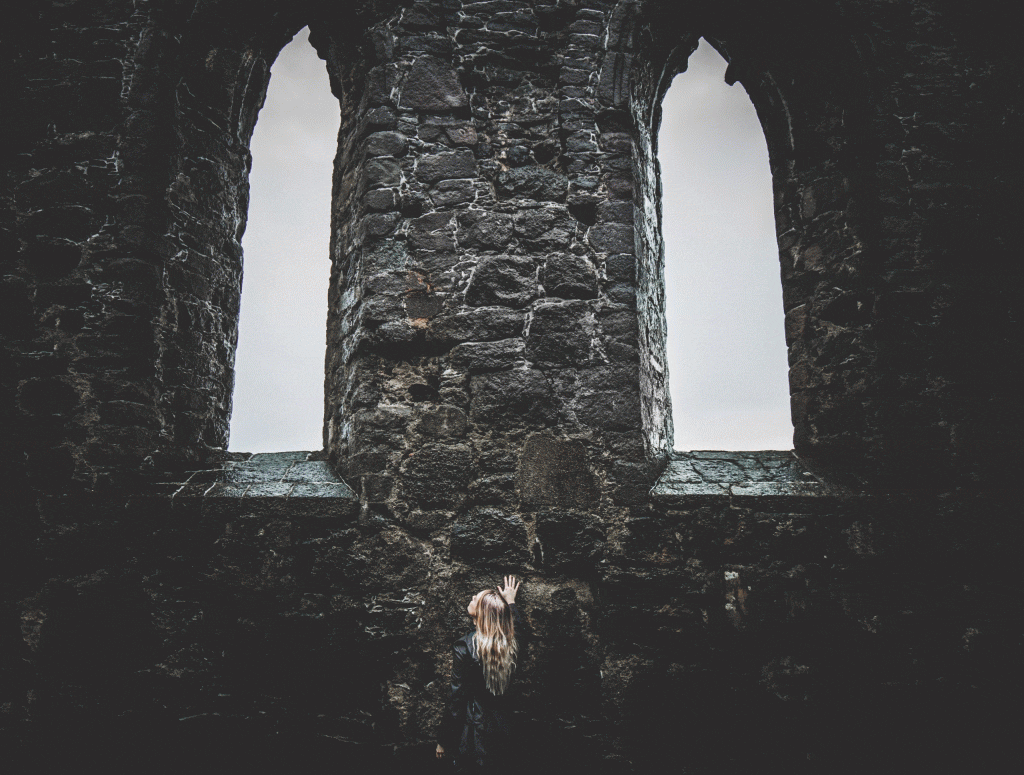
St Magnus Cathedral
The ruins are the largest medieval building in the Faroe Islands S…
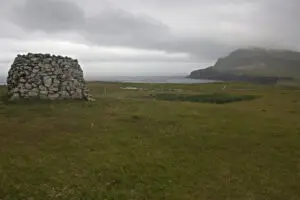
Stongin
The northern tip of Nólsoy is called Stongin. The name refers to t…
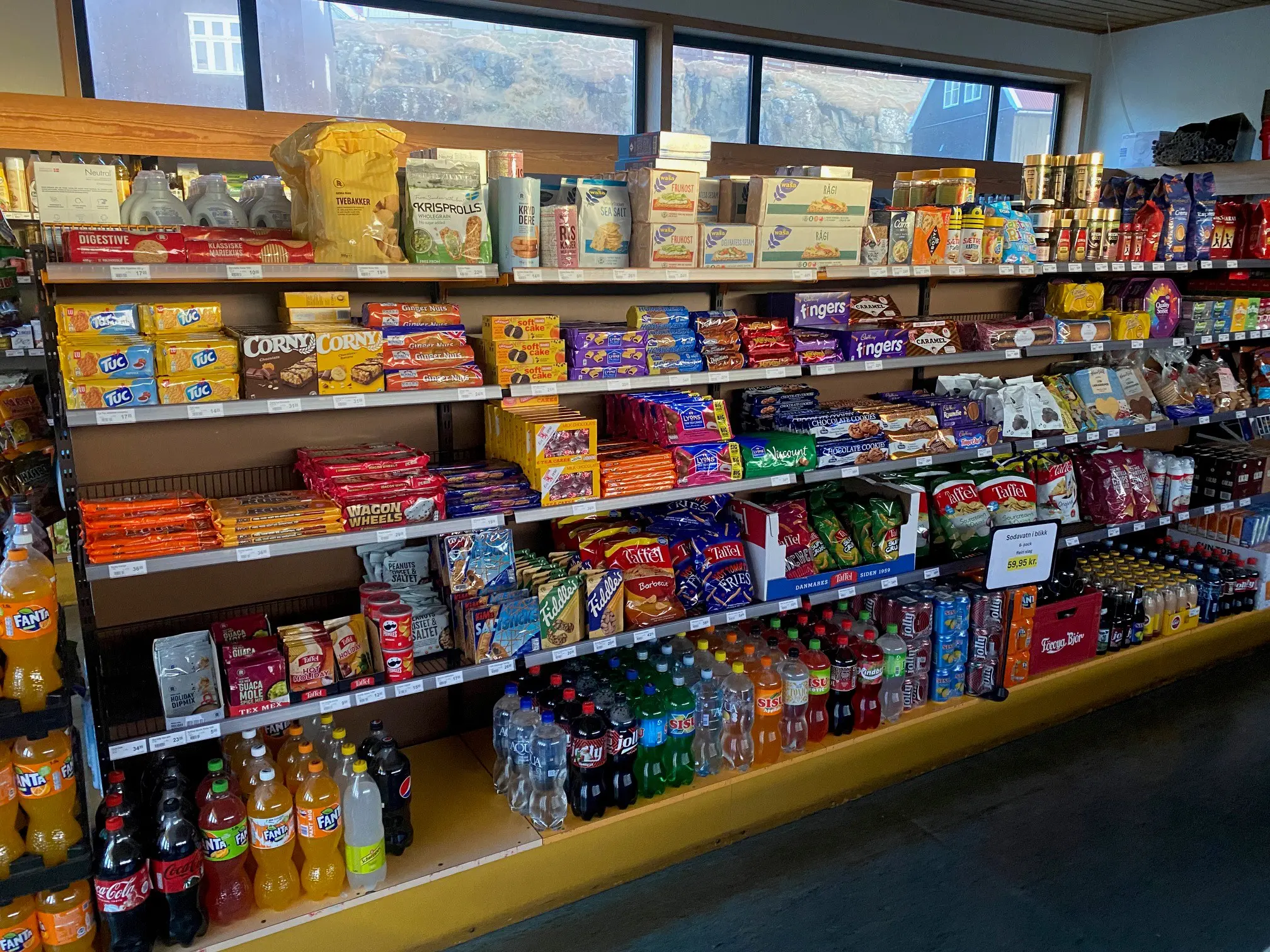
The Grocer in Nólsoy
https://www.visittorshavn.fo/wp-content/uploads/2024/03/Handilin.m…
Tórshavn

The Handycraft Shop in Nólsoy
Homeknitted articles made by locals Heimavirkið, The Village Handi…
Tórshavn
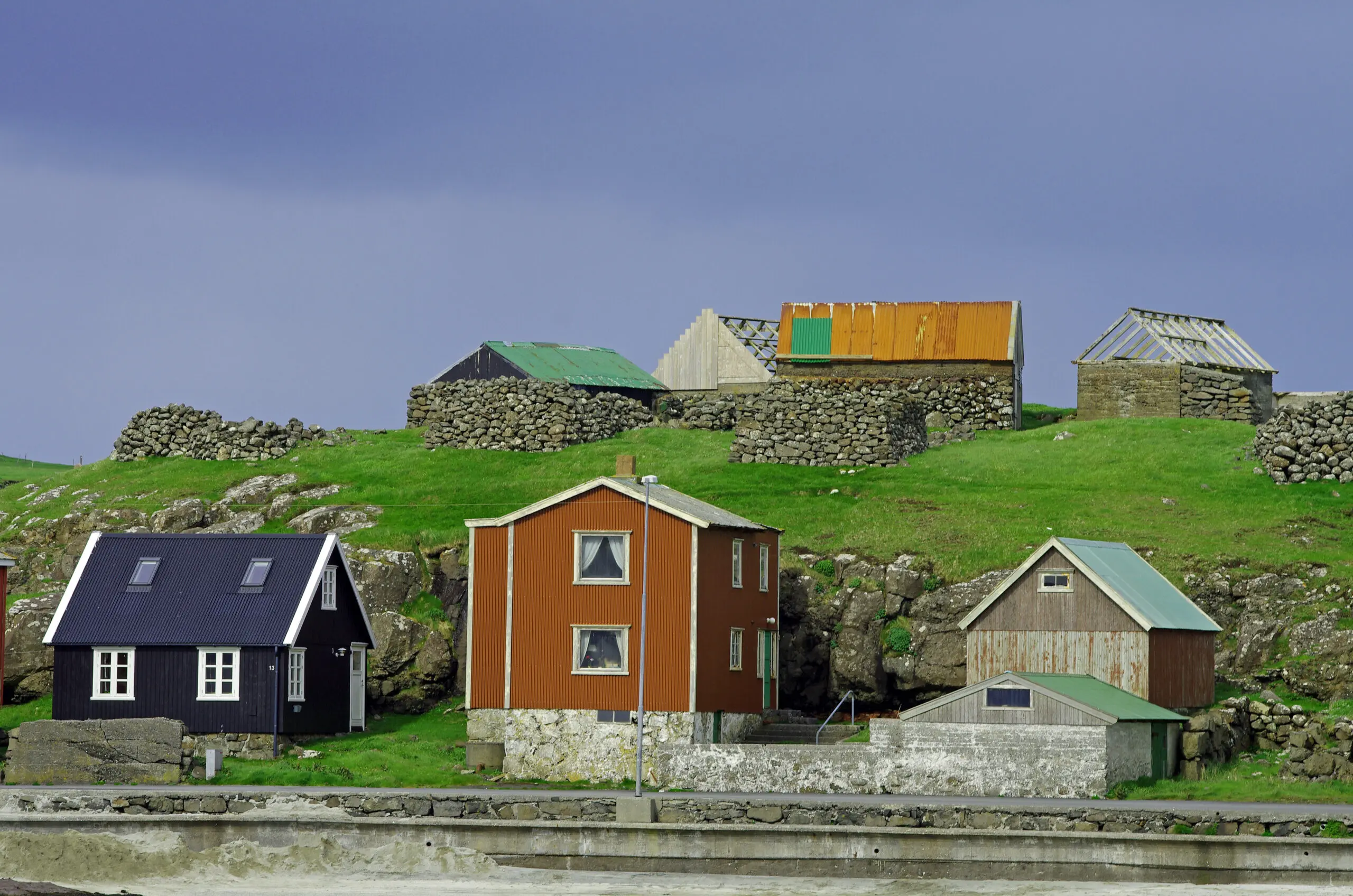
The Houses on Eiðið
On Eiðið, there are several outbuildings. The buildings are made o…
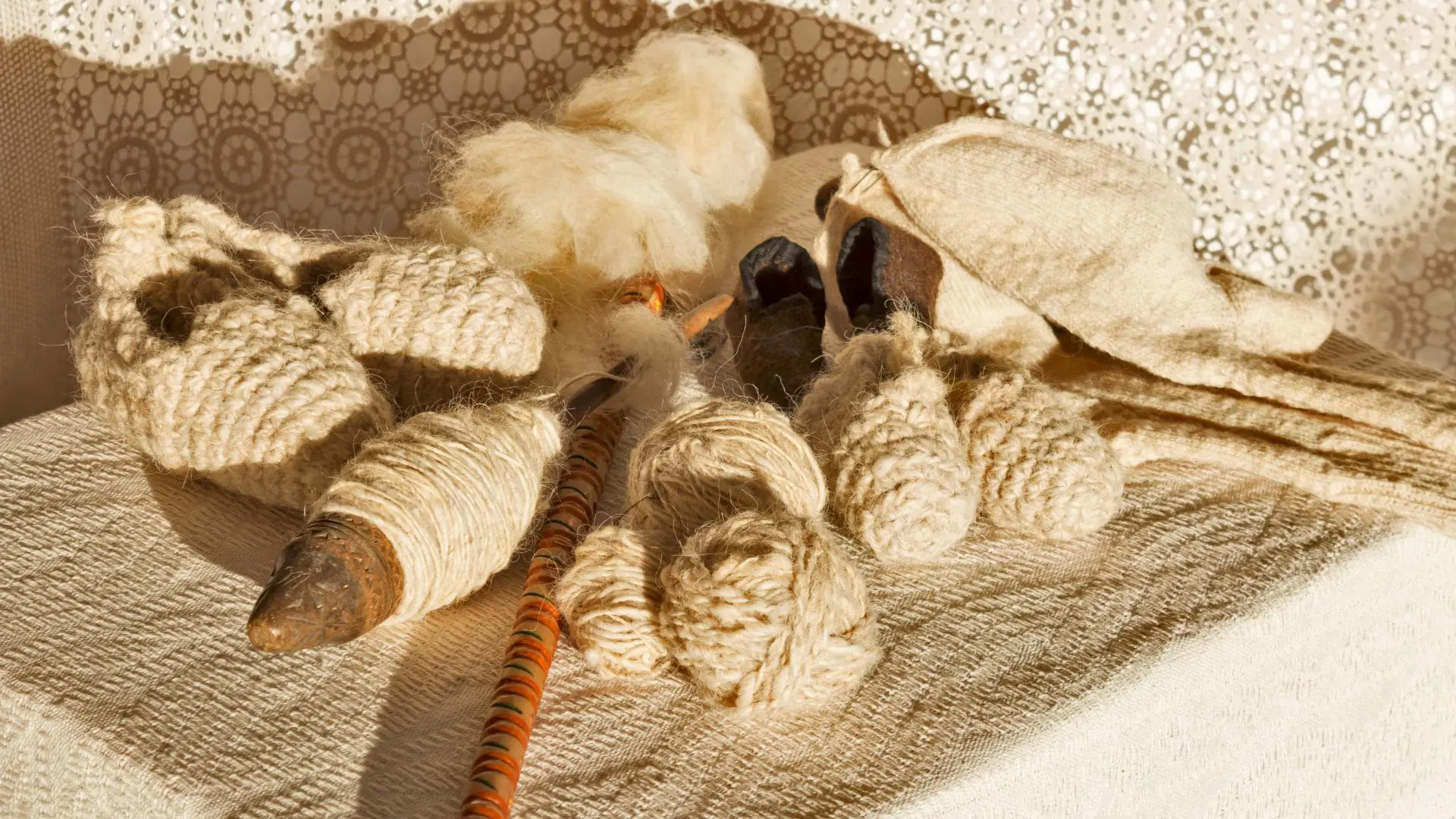
The village museum: Húsini við Brunn
The Village Museum – Húsini við Brunn Brunnhúsini, the oldest part…

Uppi í Skipi
On the way up the island lies “Uppi í Skipi.” This was…

Vevstovan in Nólsoy
Vevstovan in Nólsoy Come to Nólsoy and spin your own thread from f…

